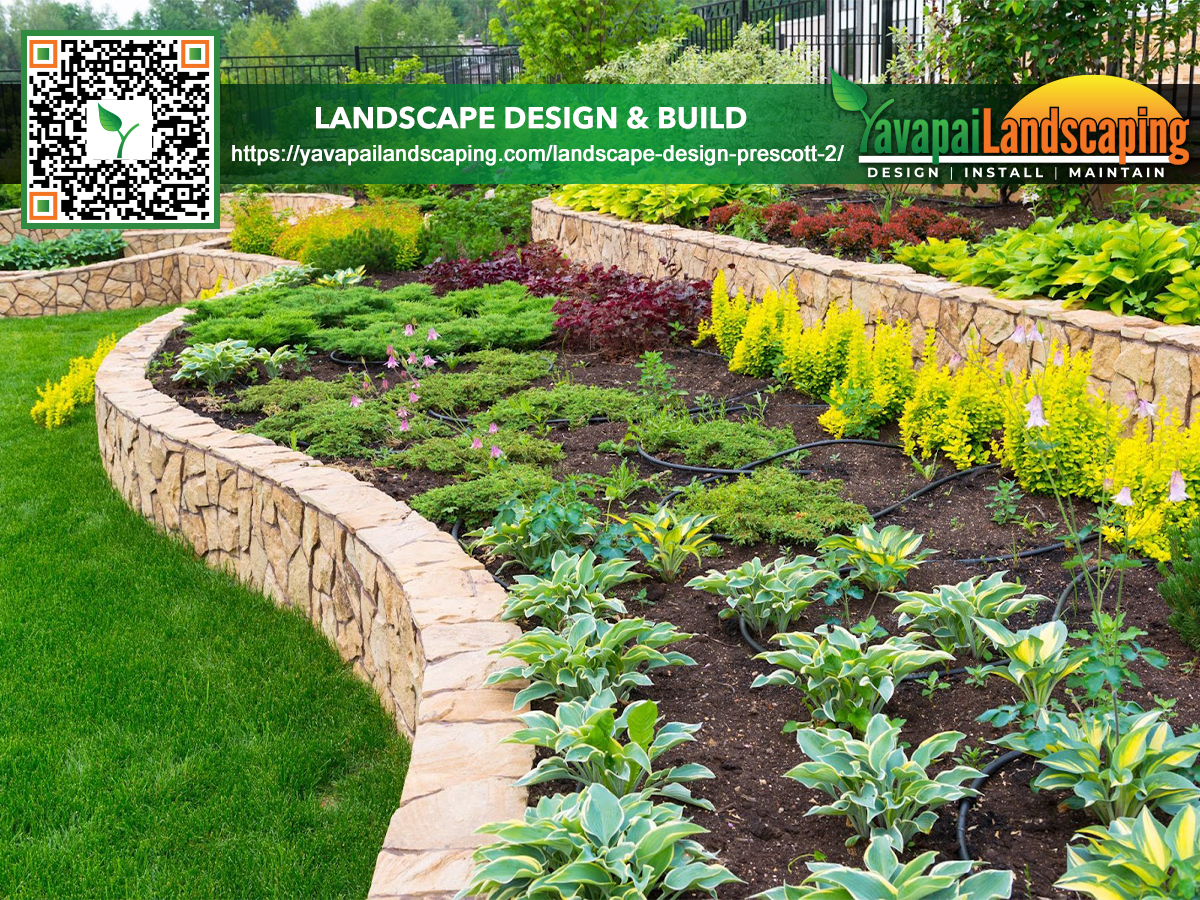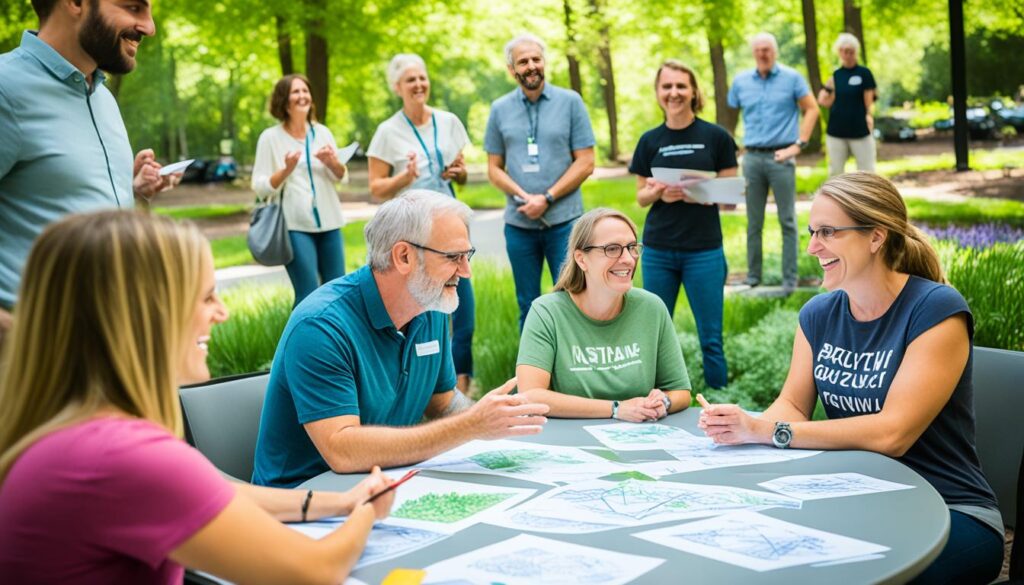
Landscape architecture projects change how we live, work, and play. To ensure these projects work for everyone, we must talk to those living there. When community members share their ideas and likes, a project can improve a place.
We’re looking at why talking with the community matters in landscape projects. We’ll check out how to ensure everyone’s ideas are part of the plan. We can create truly shared spaces by having open talks and using what locals know best. These spaces both fit community needs and make people care for them more.
Key Takeaways
- Engaging with local communities is essential for creating inclusive and sustainable landscape architecture projects.
- Participatory design allows community members to contribute their insights and preferences actively, leading to more responsive and impactful designs.
- Building trust and fostering inclusivity is crucial for effective community engagement in landscape architecture.
- Unlocking local knowledge and perspectives can provide invaluable insights that shape the design process.
- Employing various participatory design strategies and methods can help ensure the community’s voice is heard and incorporated into the final design.
The Importance of Participatory Design in Landscape Architecture
Participatory design lets communities have a say in making landscapes. This approach encourages everyone to join in. It lets people who live around a space help design it. Landscape designers need to know how important this is. It helps create places people love that fit well where they are. Give this awesome article a read.

Building Trust and Fostering Inclusivity
Working with others in landscape projects starts with trust and including everyone. Open talks and really listening to what people need are key. This way, everyone feels part of the design. And they care about it even more.
Unlocking Local Knowledge and Perspectives
Neighborhoods know a lot about their special places and traditions. Including their thoughts leads to better designs. These designs fit the area well and work for the people there.
This way of design makes spaces belong to everyone, making things fairer. And the places last longer because they really meet the community’s needs. Highlighting local wisdom helps build special places. Places that truly reflect what people in the area dream about.
“Effective participatory design requires a mindset shift from designing ‘for’ communities to designing ‘with’ communities.”
This collaborative approach leads to more inclusive and sustainable designs and fosters a sense of ownership and pride among community members. When local voices are heard and valued, they are more likely to maintain and preserve these spaces actively, ensuring their longevity and success.
Moreover, participatory design encourages cross-cultural understanding and exchange, allowing diverse perspectives to come together and create something unique and reflective of the community’s character. By embracing this people-centric approach, designers can move beyond mere aesthetics and functionality, creating spaces that truly embody the spirit and identity of the neighborhood.
As a result, these spaces become vibrant hubs of community activity, where people from all walks of life can come together, share experiences, and forge lasting connections.
| Benefits of Participatory Design | Challenges of Participatory Design |
|---|---|
| Increased community ownership and investment More contextually relevant and sustainable designs Enhanced social equity and inclusion Improved long-term project success and resilience | Time and resource-intensive process Navigating diverse stakeholder perspectives Overcoming potential power imbalances Maintaining momentum and community engagement |
Participatory Design: Strategies and Methods
Getting communities involved in landscaping projects needs many ways to get them interested. For example, teams might hold workshops where everyone can share ideas, from locals to designers. These workshops create a teamwork spirit. They also make sure the projects meet the community’s needs.
A technique called design charrettes is also great for this. These events bring experts together with the community to work on designs quickly. Everyone feels like they own part of the project. This makes the final design truly special for the people it’s meant to help.
Another key step is working closely with the community to plan together. When everyone, from community members to design experts, works on plans, it builds understanding and trust. This way, the project stays on track to meet the community’s changing needs. Using these approaches well can lead to great designs for everyone involved.
Yavapai Landscaping Prescott offers complimentary estimates for Prescott and its surrounding communities for Landscaping and tree Services. This includes tree removal, trimming, stump grinding, land clearing, storm clean-up, and emergency tree services.
